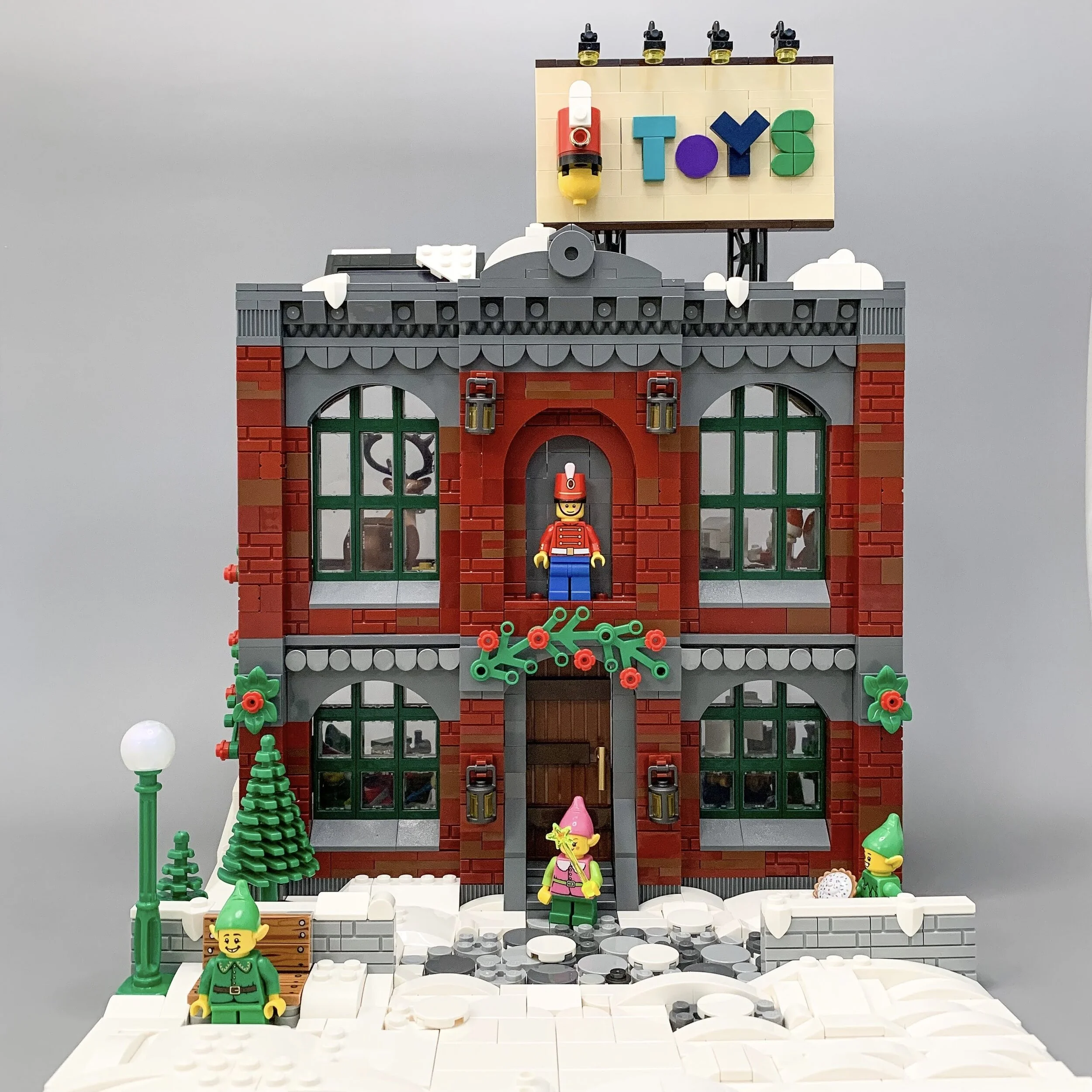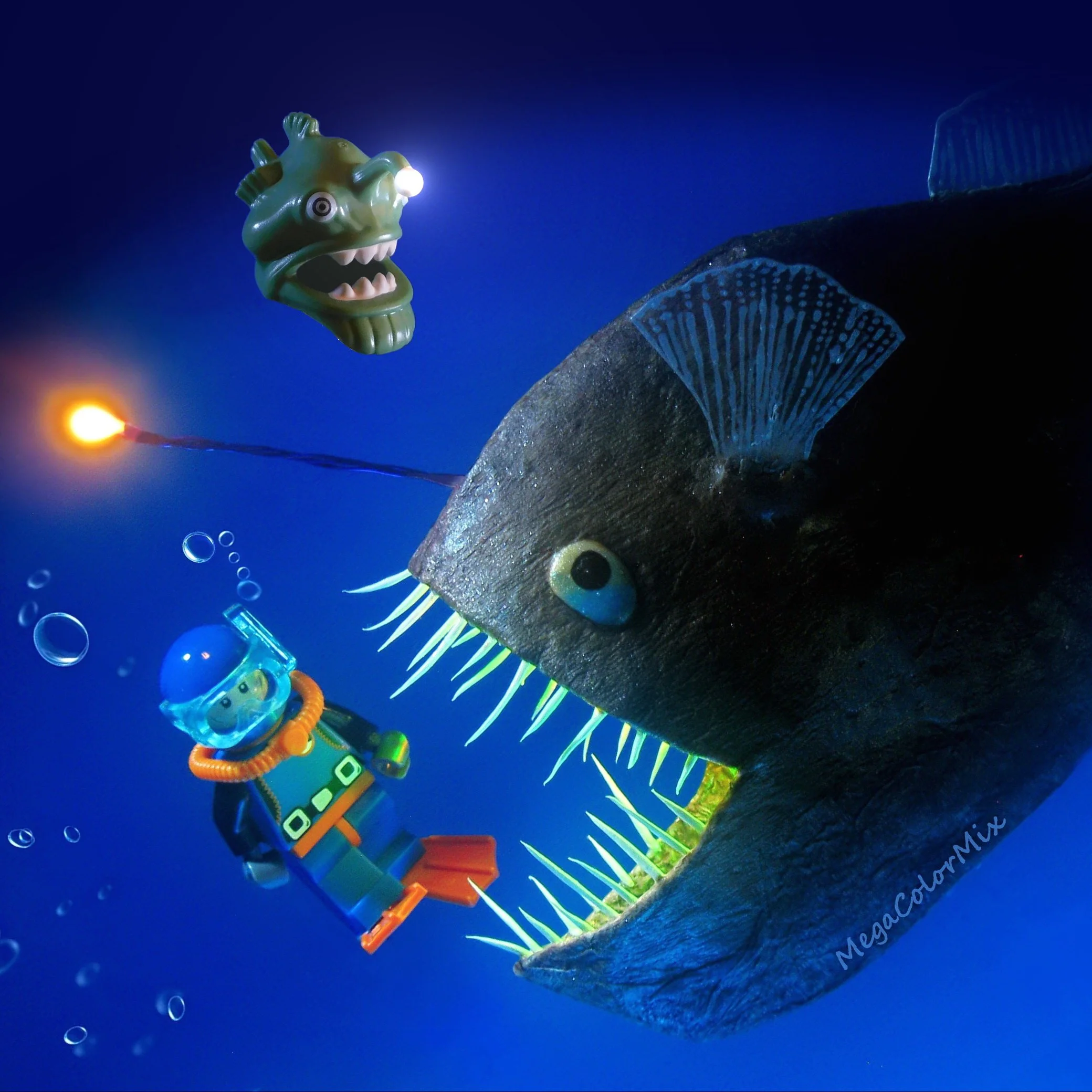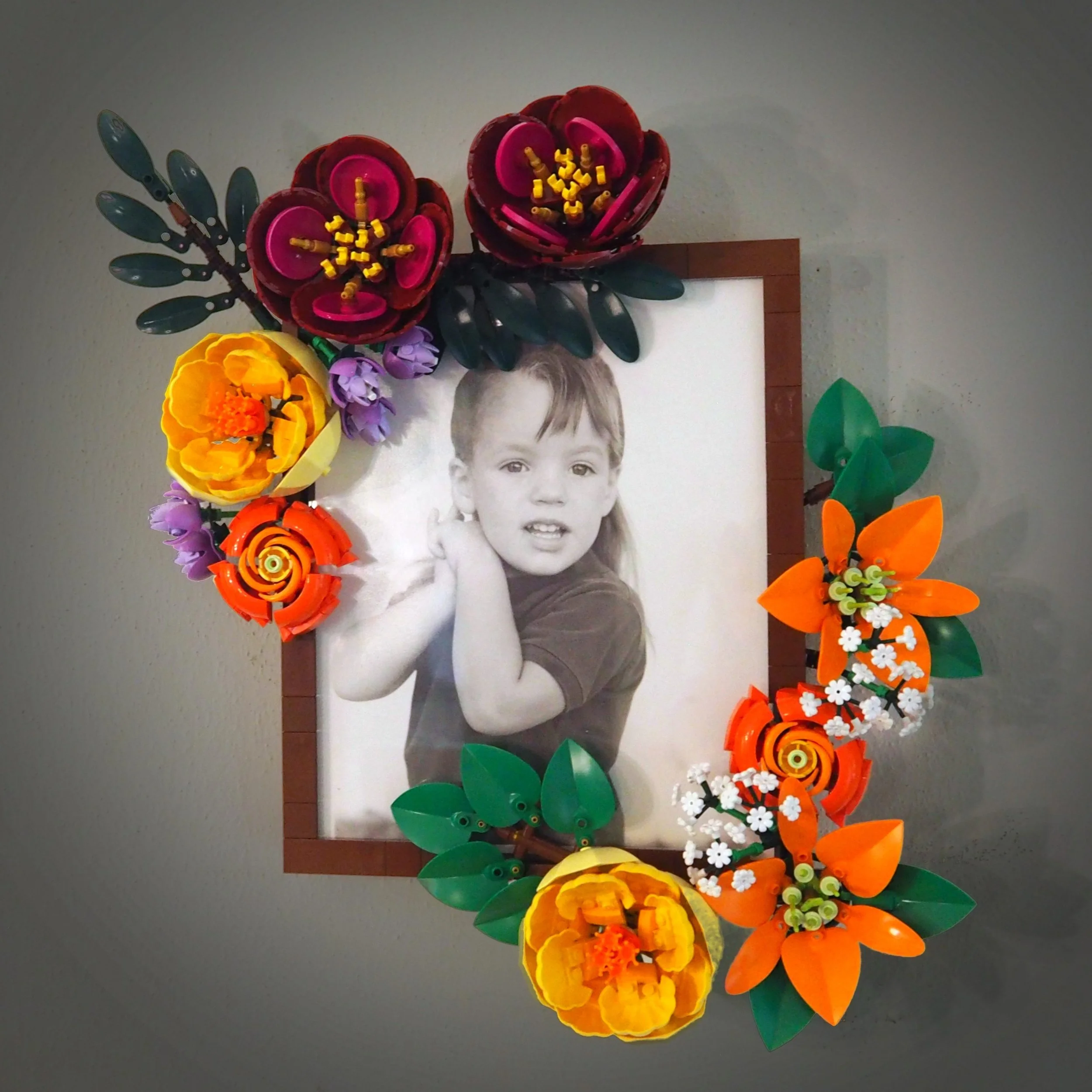Let’s Get Nerdy About LEGO Plastic
/Did you know that LEGO bricks are made out of ABS plastic? ABS stands for “Always Be Sorting.”
Actually, that’s not entirely true. They are indeed made from ABS plastic and it may seem like you are always sorting your LEGO collection, but what the acronym actually means is much more complicated. Acrylonitrile butadiene styrene is the type of thermoplastic polymer that makes up our beloved bricks.
I really wanted to know more about the process of making a brick, and it turns out there is an expert on this subject right here in the AFOL community! If you’re on Instagram you may have run across Brian from @STLBrickCo. He shares the occasional plastic factoid and has a keen eye for new and interesting elements that can be found in LEGO sets.
Like many AFOLs, Brian came back to LEGO through his children. He spent an impressive 25 years in his Dark Age but rekindled his love of the brick when his daughter received a LEGO Friends set for her birthday. Then in April 2020, Brian did what many adults did during the COVID lockdowns and turned to LEGO. He started an Instagram account to connect with other AFOLs and share his MOCs. Navigate over to Brian’s IG stories and you’ll see why he quickly shot up to 3,000 followers.
Brian works for a company that supplies The LEGO Group (TLG) with various types of plastic like the flexible material for the DOTS bracelets and some colorants like warm gold. Most of his involvement with TLG is highly confidential, but we were able to glean some interesting knowledge on the production process when we spoke to him.
Brian explained that LEGO bricks are made from ABS plastic because of its low cost, versatility, and durability. Scientifically speaking, the Styrene and Acrylonitrile are brought together and processed with the Polybutadiene. Chemically, the A and S have shorter chains which crisscross the longer chain of the B. This results in the mechanical properties of impact resistance, toughness, and rigidity—exactly what you would want in a LEGO brick. That’s what gives LEGO bricks their clutch, their sound when they click together, and even serves as a safety function so when a brick is under pressure, it crushes more than shatters. That’s all thanks to ABS.
If ABS is considered low cost, then why are LEGO bricks so expensive? Many factors go into determining the price of a set. For example, bigger elements use more material, more complex pieces need more expensive dies, and some colors just cost more. Designing a new element costs more than using an existing piece of a similar size or color. And, of course, some popular series like Star Wars and Marvel require licensing. One thing all AFOLs can appreciate is that TLG places a high value on quality. Despite the cost, we know that these elements will last for generations.
Sustainability is major concern in the plastics industry and TLG has been making steps to be more environmentally friendly. They are already reducing box sizes and limiting plastic packaging. They also created a “Plants from Plants” initiative—plant pieces sourced from sugarcane. (You can read more bout it in BrickNerd’s Earth Day feature.)
I asked Brian about the benefits and drawbacks of plant-based plastic. According to him, the plant-based plastic looks and feels like the material we are used to and it doesn’t require drilling for oil. However, ABS has better ductility, meaning it can be stretched further before breaking. Every AFOL has experienced the frustration of snapping a LEGO piece (especially those reddish-brown tiles and plates), so it’s easy to see why TLG is cautious in switching over entirely.
Plant-based plastics have other drawbacks. The idea of using food crops for plastic rather than for food is somewhat controversial, especially when there are countries with food shortages. And practically speaking, planted crops are susceptible to weather and insects. TLG is working toward more sustainable practices, but it is a slow and steady process.
Speaking of those reddish-brown pieces, I had to ask Brian why it is they snap more than other colors. He said that anything you add to the plastic formula, such as colorant, is called an “additive.” When you put in these additives they alter the properties of the plastic, even so far as the actual color has different effects. So the chemist needs to offset or balance those property alterations with other additives or adjustments in the formula. He compared it to making bread dough—as the water to flour ratio changes the dough becomes more crumbly or more stretchy. Shades of red, like reddish-brown, require more dye and this likely offsets the balance.
Creating LEGO bricks is a highly refined and specific process that TLG has really mastered. The sheer amount of design, engineering, manufacturing, and material that goes into each element is mind-boggling. I, for one, really appreciate how thoughtful they are about each step of the process, and have a newfound appreciation for what goes into creating so many different LEGO sets that appeal to people of all ages.
What do you think of LEGO’s initiative to find sustainable plastic? Leave your thoughts in the comments below.
Do you want to help BrickNerd continue publishing articles like this one? Become a patron to show your support, get early access, exclusive swag and more.

























